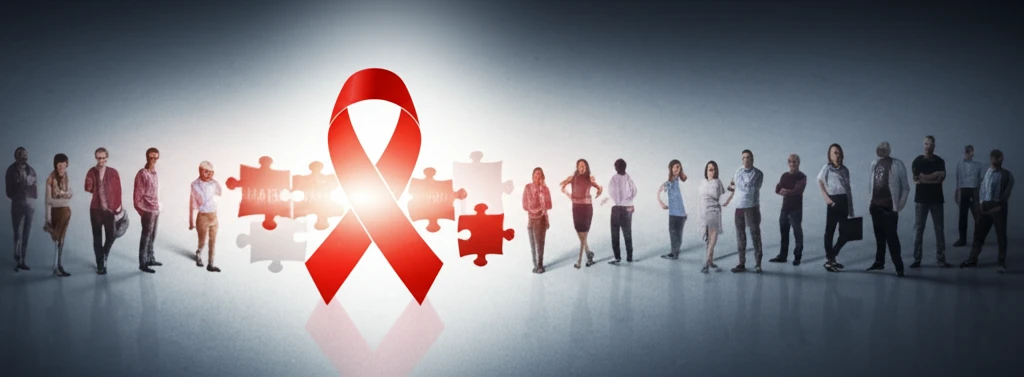
HIV Screening: New Recommendations You Need to Know
"Stay informed about the updated HIV screening guidelines and how they impact you and your community's health."
The landscape of HIV prevention and treatment is constantly evolving, and it's essential to stay informed about the latest guidelines. The United States Preventive Services Task Force (USPSTF) has recently updated its recommendations regarding HIV screening, impacting how healthcare providers approach testing and who should be screened. These changes aim to improve early detection, link more individuals to care, and ultimately curb the spread of HIV.
HIV remains a significant public health concern in the United States. According to the Centers for Disease Control and Prevention (CDC), over 1.1 million people are living with HIV, and an estimated 18% are unaware of their infection. This underscores the critical need for expanded and accessible testing to identify undiagnosed cases and ensure timely treatment. Early diagnosis not only improves individual health outcomes but also plays a vital role in preventing further transmission.
This article will explore the updated USPSTF recommendations, outlining who should be screened, how often testing is recommended, and the reasons behind these changes. Understanding these guidelines is crucial for individuals, healthcare providers, and public health advocates alike, as we work together to combat HIV and improve the health of our communities.
Who Should Be Screened for HIV?

The USPSTF's updated recommendations, released in April 2013, broaden the scope of HIV screening to include all adolescents and adults aged 15 to 65 years. This means that routine HIV testing is now recommended for a wider segment of the population, regardless of perceived risk factors. This universal screening approach aims to identify individuals who may be unaware of their infection and ensure they receive appropriate care and treatment.
- Unprotected sex
- Sharing needles for drug use
- Having a history of sexually transmitted infections (STIs)
- Having multiple sexual partners
- Being a man who has sex with men
The Importance of Staying Informed
The updated USPSTF recommendations on HIV screening represent a significant step forward in our efforts to combat this public health challenge. By expanding screening to include all adolescents and adults aged 15 to 65, and emphasizing testing for high-risk individuals and pregnant women, these guidelines aim to improve early detection, link more individuals to care, and ultimately reduce the spread of HIV. Staying informed about these recommendations is crucial for individuals, healthcare providers, and public health advocates alike, as we work together to create healthier communities.
